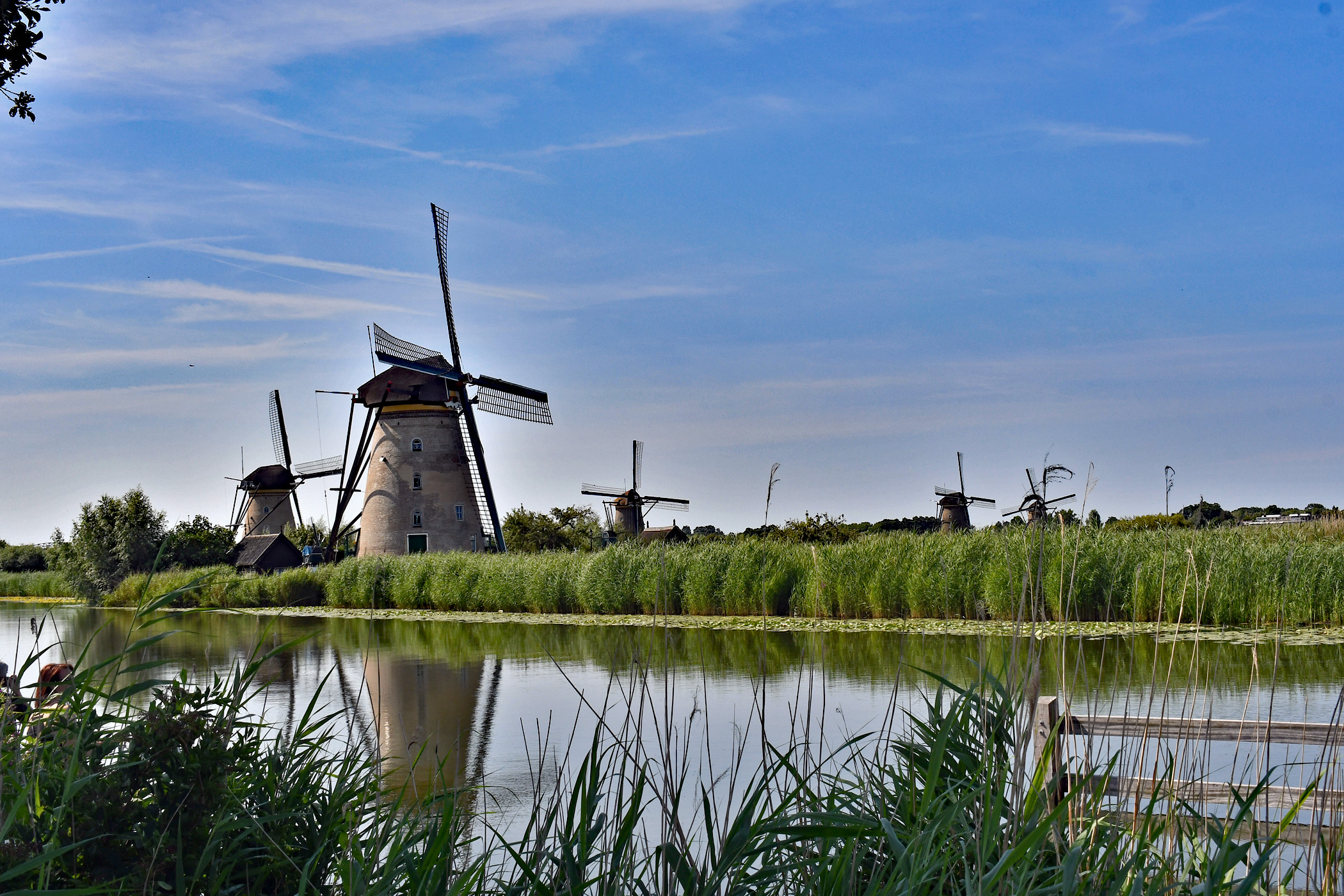

After departing Amsterdam on our European river cruise, our first stop was Kinderdjik, Netherlands. Kinderdjik is a UNESCO World Heritage Site consisting of 19 windmills. The area was originally filled with peat bogs near the confluence of the Lek and the Noord rivers. In the late 13th century, landowners joined together and constructed dikes, windmills, and other types of infrastructure to drain the land and reduce flooding.


As flooding and other water problems began to increase during the 13th century, large canals were dug to eliminate the excess water in the dikes. However, drained soil eventually began to settle, and sand deposits caused the river to rise. After a few hundred years, it was decided to add a series of windmills to control the water levels. The resulting windmills could pump the water into a reservoir to regulate the flow of and control water levels between the dikes and the river. Most of the current windmills were built between 1738 and 1740.


Currently, water flow is controlled by two diesel pumps located in a nearby pump house. However, the windmills are still operable and used.
Many of the windmills are inhabited by local families, some of which have been there for generations. Each mill must have at least one person living there with a milling degree, which authorizes them to use the milling machinery. However, the pay is fairly low, requiring many millers to work additional jobs, such as carpenters and teachers.


The dikes and windmills of Kinderdjik have been in operation for over 700 years and are one of the top tourist attractions in the Netherlands. If you ever get the chance, this is one of those “must-see” places. Happy traveling!
